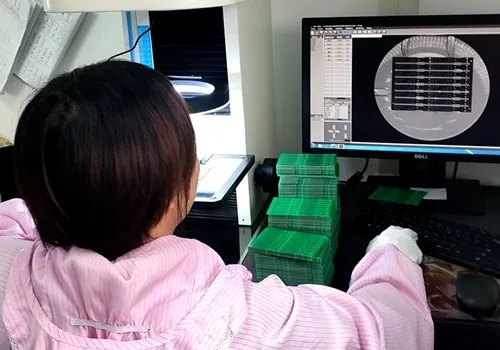PCB Manufacturing Tolerances
What is PCB Tolerances
We understand that tighter PCB tolerances often mean increased manufacturing difficulty and a lower yield rate. However, these stricter tolerances are essential for ensuring better functional reliability. The tolerance requirements for PCBs can vary depending on the application and environment. For instance, a PCB designed for aerospace use typically requires much tighter tolerances than one intended for consumer products. Therefore, PCB tolerance must be carefully considered during the design process, as any discrepancies can result in a poorly functioning PCB.
In addition to customer-specific drawings, industry standards like IPC-A-600 are widely recognized for PCB tolerance and acceptance criteria. À Gold Mate, we adhere strictly to IPC-A-600 standards, ensuring that our PCBs meet the highest quality and performance requirements. By following these stringent tolerance guidelines, we guarantee the reliability and functionality of every PCB we produce.

PCB Tolerances
À Gold Mate, PCB Tolerances refer to the allowable deviations in size, thickness, angle, value, and other parameters between the actual Printed Circuit Boards (PCBS) produced and the customer’s design specifications. For example, if a PCB is designed to have a thickness of 1.6mm, it’s not always possible for every board to be precisely 1.6mm. Individual PCBs may be slightly thicker or thinner. To account for this, a tolerance range is applied. For a 1.6mm PCB, the typical tolerance is ±0.16mm, although it can be as tight as ±0.1mm or less for special requirements.
À Gold Mate, we ensure that all PCBs are manufactured within these tolerances to meet your specific needs while maintaining the highest quality standards.




